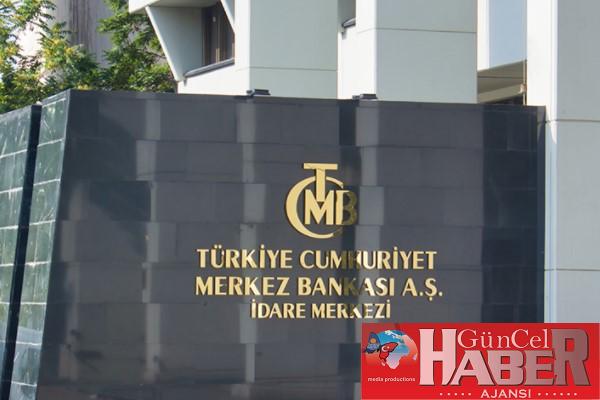CBRT Inflation Report: Serious revision set to be made for the current forecast period
At the 3rd Inflation Report Information Meeting of the year, which will be held tomorrow, we will be evaluating the forecast path of the CBRT for inflation from the perspective of the latest variables and monetary policy.
At the 3rd Inflation Report Information Meeting of the year, which will be held tomorrow, we will be evaluating the forecast path of the CBRT for inflation from the perspective of the latest variables and monetary policy. After the 2022 forecasts put forward by the Central Bank in its latest Inflation Report in April, the inflation situation deteriorated in the face of exchange rates, global commodity prices and deteriorated pricing behavior expectations. For this reason, we think that the year-end forecasts in the April forecast period are no longer valid and will be revised to a degree close to the views of market participants. On the other hand, even if inflation expectations are revised upwards, we will not be expecting a tightening in monetary policy for the near term.
In its latest Inflation Report in April, the Central Bank announced its 2022 year-end CPI forecast as 42.8%. After May, the effect of food and energy prices and the continuous depreciation of the lira caused the upward movement of inflation above the 70% band and continued to be at the highest levels of 24 years with 78.6% in June. Existing inflationary pressures indicate that the high path will continue until the end of the year, and may even shift slightly higher, especially due to the stratified effect of exchange rates. We anticipate that the July inflation, which will be announced on August 3, may reach 81%, and that it will form the annual peak of inflation in September. The risks to the current forecasts are also upwards, as the repercussions of factors such as developments in oil and food prices, interest rate hikes by the Fed, and possible continued increases in the exchange rate within the framework of the looseness of the local monetary policy on producers and consumers will contribute to the inflationary environment negatively.
We will see how close the revision of the Central Bank’s forecast table will come to market-based expectations. According to the Central Bank’s July market participants’ survey, the current year-end inflation expectation rose to 69.9% and the next 12-month inflation expectation to 40.2%. We expect it to be around 73% with the effect of year-end inflation. In December and early next year, the base effect, which will operate due to the high realizations in the previous conjugate period, will reduce annual inflation, but we do not see any factor that will help the inflationary environment to improve, apart from the base effect.
The decisions to be taken by the Fed will reveal that the global tightening will continue in the following months of this year, in line with the high inflation trend. The effects of monetary tightening movements by developed countries to avoid the permanent effects of inflation may put more pressure on the currencies of developing countries. We think that the fact that more than 60 central banks in the world are currently raising interest rates and Turkey’s actions outside the generally accepted economic rules in the fight against inflation will add to the current price instability factors. Especially, the movements in the currencies against the TRY due to rising interest rates in the world will have the effect of making the inflation effect highly felt unless the general rules in the main policy are returned.
The IMF has reduced its growth forecasts, while the risk of recession in the global economy increases, the risks of growth within the scope of external developments naturally increase. While the central bank looks at growth from this perspective, it prefers to build its inflation toolkit on the axis of macroprudential measures. As a result of effects such as increasing uncertainty, worsening expectations, and increasing inflation both domestically and internationally, rate hikes normally come. As a matter of fact, while the Fed and the European Central Bank have increased interest rates on this axis, the magnitude of these rate increases is also affected by the increasing fear of inflation. For countries like ours, it should be considered negatively in terms of both the inflationary pressures it will create and the exchange rate/inflation effect. Despite this, the policy rate is kept constant.
In terms of companies, there were some regulations that created limits on access to credit, along with a contrary approach to the growth perspective. Although the Central Bank policy rate is low, interest rates are high on the loan side. The industrial side is also struggling because of this, plus the exchange rate increase and the effect of inflation already cause difficulties in production, and foreign demand is likely to suffer a loss due to the pending recession in Europe. It is worth noting that the recent regulatory decisions of the economy management in line with the possibilities of lending in this environment have been taken in the perspective of foreign exchange and inflation. We think that the central bank will also be asked about the images and projections of commercial loan growth under these conditions.
Kaynak Tera Yatırım
Hibya Haber Ajansı













